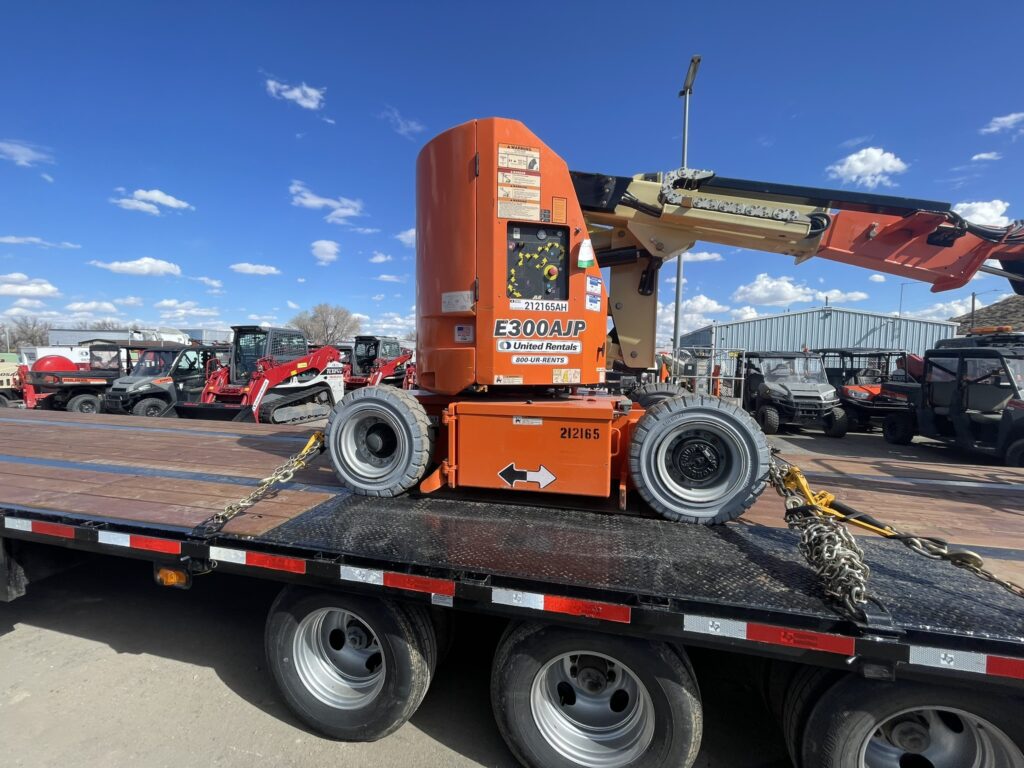Introduction
When it comes to transporting heavy equipment, it is crucial to ensure proper load securement to prevent accidents and ensure the safety of both the equipment and other road users. The Department of Transportation’s (DOT) enforcement and safety agency, the Federal Motor Carrier Safety Administration (FMCSA), has outlined specific regulations for securing heavy equipment during transportation. In this article, we will delve into the key aspects of tie-down and load securement regulations for heavy equipment.
Regulations for Heavy Equipment Load Securement
Section § 393.130 of the FMCSA outlines the additional regulations that apply specifically to heavy equipment used in construction and other industries. These regulations are designed to ensure that heavy equipment is properly secured to prevent shifting or falling during transportation.
Minimum Number of Tie-Downs
One of the most important aspects of load securement for heavy equipment is the number of tie-downs required. According to general regulations, when loading heavy equipment weighing over 10,000 pounds, a minimum of four tie-downs must be used on independent corners of the equipment. This ensures that the equipment is secured from all sides and reduces the risk of it shifting or becoming unstable during transit.
Additional Tie-Downs for Appendages
In addition to the four tie-downs required for the main body of the heavy equipment, any appendages such as excavator arms or buckets must also be properly secured. The number of tie-downs required for appendages varies depending on their size and weight. It is essential to consult the FMCSA regulations or seek guidance from a qualified professional to determine the appropriate number of tie-downs for specific appendages.
Tie-Down Strength Requirements
The FMCSA also specifies the minimum strength requirements for tie-downs used to secure heavy equipment. The tie-downs must have a working load limit (WLL) that is at least 50% of the weight of the equipment being secured. This ensures that the tie-downs are strong enough to withstand the forces exerted during transportation and prevent the equipment from shifting or becoming loose.
Proper Placement of Tie-Downs
Along with the number and strength requirements, the FMCSA regulations also outline the proper placement of tie-downs for heavy equipment. The tie-downs should be attached to designated anchor points on the equipment and the transport vehicle. These anchor points should be designed and tested to withstand the forces exerted during transportation and prevent any movement or shifting of the equipment.
Choosing the Right Tie-Downs
When it comes to selecting tie-downs for securing heavy equipment, it is crucial to choose the right type and quality of tie-downs to ensure effective load securement. Here are a few factors to consider:
Strength and Durability
Ensure that the tie-downs you choose have a sufficient working load limit to handle the weight of the equipment. Additionally, opt for tie-downs made from high-quality materials that are durable and resistant to wear and tear. This will ensure that the tie-downs can withstand the rigors of transportation and maintain their strength over time.
Length and Adjustability
Choose tie-downs that are long enough to secure the equipment properly. Adjustable tie-downs can be particularly useful as they allow for flexibility in securing equipment of varying sizes and shapes. This ensures that you can achieve the required tension and prevent any movement or shifting during transit.
Attachment Mechanism
Consider the type of attachment mechanism that works best for your specific equipment. Ratchet straps, chain binders, and cam buckle straps are some common options. Ensure that the attachment mechanism is easy to use, reliable, and provides a secure connection between the tie-down and the anchor points.
Conclusion
Adhering to tie-down and load securement regulations is essential when transporting heavy equipment. By following the guidelines outlined by the FMCSA, you can ensure that your heavy equipment is properly secured and minimize the risk of accidents or damage during transit. Remember to consult the specific regulations for heavy equipment and seek professional advice if needed to ensure compliance and safety.



